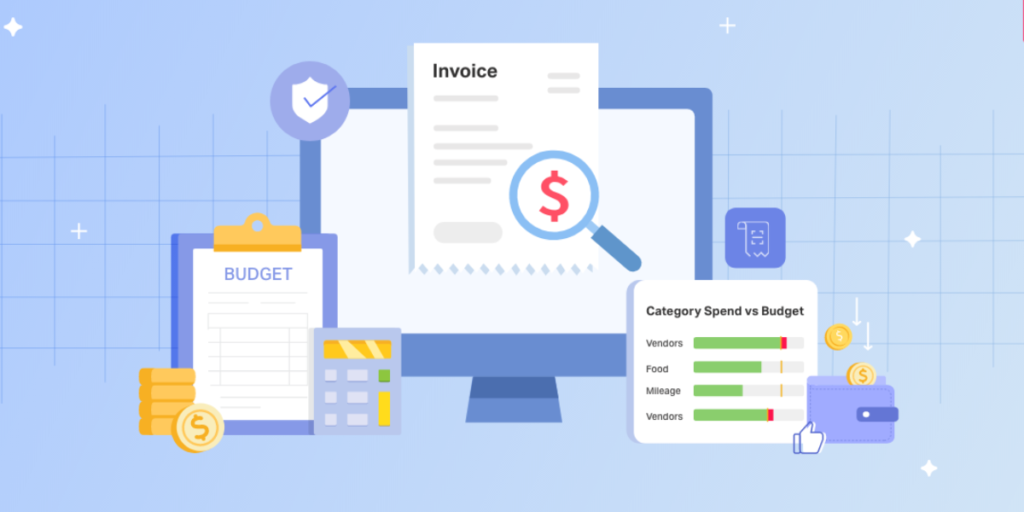The Point: The global economic landscape is on the brink of an unprecedented transformation fueled by artificial intelligence (AI). With potential contributions of up to $15.7 trillion by 2030, AI stands as a formidable force reshaping economies. At the front of this revolution are China and North America, poised to gain the most with a combined total of $10.7 trillion. As a result of reading PWC’s AI report titled, “Sizing the prize – PwC’s Global Artificial Intelligence Study: Exploiting the AI Revolution (What’s the real value of AI for your business and how can you capitalize?)” I produced a five (5) part series of articles. This article explores the strategic role of AI in these regions and the potential implications for global economic dynamics.
The AI Frontier: China and North America Lead the Charge!
Artificial intelligence (AI) continues to disrupt the traditional narratives of economic growth and competitiveness. According to the PwC Global Artificial Intelligence Study (See “Source” below), the greatest economic gains from AI by 2030 are expected in China and North America, accounting for almost 70% of the global economic impact. This article unravels the strategic role of AI in these regions’ economies and the underlying factors fueling their AI-led growth.
China’s AI Ambitions: A 26% Boost to GDP
Leading the AI race, China stands to witness a substantial 26% boost to its GDP by 2030. This dominance can be attributed to a confluence of factors including the government’s ambitious AI strategic plan, vast data resources, burgeoning tech giants, and a growing skilled workforce.
- Government Policy: The Chinese government’s AI strategic plan aims to make China a world leader in AI by 2030, with significant investments in AI research, education, and public-private partnerships.
- Data Resources: With the world’s largest population and rapidly digitizing economy, China possesses a vast reservoir of data – the fuel for AI.
- Tech Giants: Home to tech giants like Alibaba, Baidu, and Tencent, China has a robust ecosystem for AI development and deployment.
- Skilled Workforce: With a focus on STEM education and massive upskilling initiatives, China is creating a large pool of skilled workers capable of driving its AI revolution.
North America’s AI Leap: A 14.5% GDP Boost
North America, with a predicted 14.5% GDP boost, is another potent player in the AI landscape. The region’s AI leadership is driven by a robust tech sector, high-skilled talent, substantial investments, and a strong culture of innovation.
- Tech Sector: North America is home to global tech leaders like Google, Amazon, and Microsoft, pioneering breakthroughs in AI.
- Talent: North America attracts top AI talent from around the globe, driving innovation and growth.
- Investments: With a robust venture capital ecosystem, North America leads in AI investments, funding startups and research initiatives.
- Culture of Innovation: The culture of entrepreneurship and risk-taking fosters a conducive environment for AI innovations.
Summary
The AI revolution is here, and it’s poised to redraw the global economic map, with China and North America leading the charge. These regions’ strategic focus on AI presents significant implications for global economic dynamics, potentially altering trade relationships, competitiveness, and growth patterns.
As other economies navigate the AI terrain, they can glean valuable lessons from these regions’ strategies. Ultimately, successful AI integration into economies will depend on several factors including the right policy environment, investment in research and talent, a robust tech sector, and above all, a forward-looking vision that embraces the power of AI.
Sam Palazzolo, Managing Director @ Tip of the Spear Ventures
Sources
- PwC’s Global Artificial Intelligence Study: Exploiting the AI Revolution [https://www.pwc.com/gx/en/issues/analytics/assets/pwc-ai-analysis-sizing-the-prize-report.pdf]

